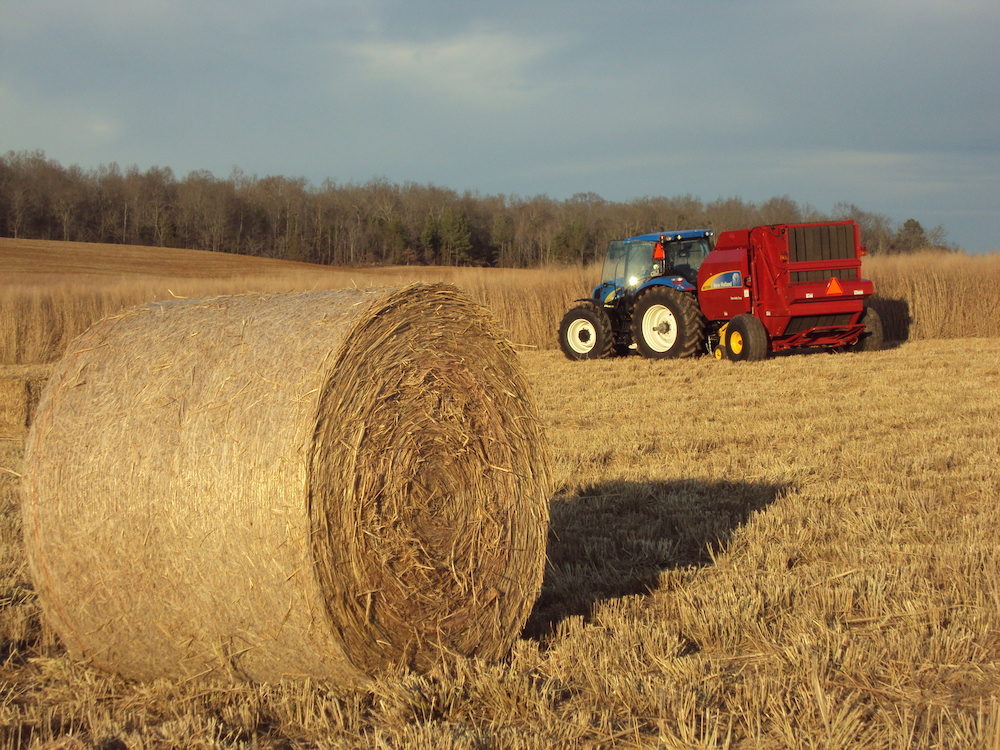No-Till Farmer
Get full access NOW to the most comprehensive, powerful and easy-to-use online resource for no-tillage practices. Just one good idea will pay for your subscription hundreds of times over.

DIVERSITY is an important concept for no-tillers, both in terms of cropping systems as well as marketing streams. In terms of marketing, many farmers are finding they’re able to boost their bottom lines by finding different avenues for selling the crops they grow instead of selling into the commodities market, like selling grain directly to distilleries or breweries. In terms of adding diversity to cropping systems, studies have shown that growing multiple species in a cropping rotation can improve soil health and promote carbon sequestration.
Putting these two concepts together can be a real win-win for farmers, but rarely does that happen without substantial effort.
Managing Marginal Ground. Perry Philpott and his father, Dale, have embraced both types of diversification on their 2,000-acre farm near Englewood, Tenn., that includes a 200-head cow/calf operation, stocker cattle, Angus bull leasing, pasture where they grow a fescue/orchardgrass mix to feed their cows, as well as about 350 acres of row crops.
Former tobacco farmers, the Philpotts grow soybeans, corn, sweet corn, pumpkins, watermelons and wheat. They use a 6-row Kinze planter to no-till the corn and soybeans into wheat stubble in the spring, usually in March or April. Yields usually average about 150-175 for corn, though Philpott says they sometimes…